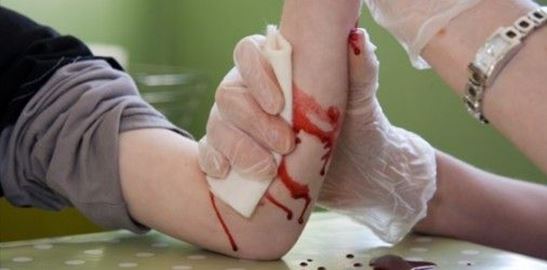The Best Natural Antiseptics You Can Use In A Survival Scenario
Apart from staying safe and getting the right resources as far and food and water goes, keeping healthy will be just as important. I’ve advised you time and time again on being vigilant and avoid accidents at all costs, as have I advised you on keeping the right supplies in your personal survival medical kit. But as far as medical supplies go, they’ll run out eventually.



